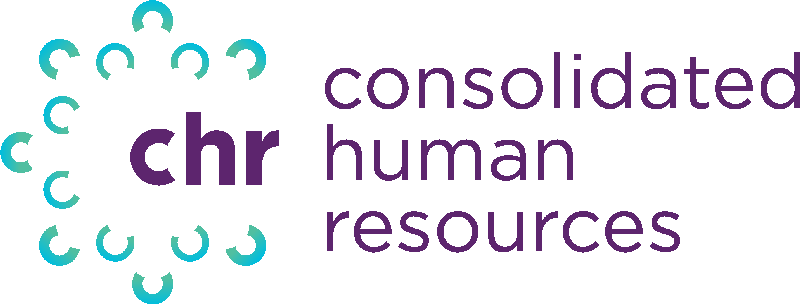The Problem With Overtime | Consolidated Human Resources
When your team goes into overtime (or extra innings…let’s go Yankees) it can be a double-edged sword. While it has the promise of a glorious last-minute win, it can also deliver a crushing defeat. The same thinking can be applied to overtime in your business. Your employees may jump at the opportunity to gain extra hours and wages, but it can also be problematic from an organizational standpoint. Here we dig into the issues associated with extra hours and how they can be overcome by leveraging the power of technology.
Let’s start by looking at it from the perspective of the foundation of your business—your employees. In the restaurant industry, 21% of employees clocked overtime in 2019, while respectively, 27% of workers in creative services, 28% in events, landscaping, and facilities management, and 30% in the retail industry all accrued additional time beyond their scheduled hours. Frequent long hours may significantly impact your employees’ health and wellness. Overtime can lead to burnout, fatigue, injury, and stress—with the World Health Organization (WHO) adding burnout to its list of International Classification of Diseases in 2019—and, in the long-run, contribute to a culture of discontent. Employees may begin to feel like they’re being used as limitless resources, instead of as valuable assets, which can, in turn, lead to higher absenteeism and turnover rates.
As an employer, fostering a safe and happy workplace is tantamount to success. While overtime is inevitable in some industries and cases, it may drastically shift your bottom line when there’s no strategy in place to monitor and track it. Time-and-time again, we’ve seen businesses get to the end of the scheduled workweek and sit down with “chicken-scratch” timesheets, only to discover that their overtime for the pay period has skyrocketed. By leveraging a digital time tracking tool, businesses can pivot strategically to analyze overtime costs and employee data, in real-time. And, by ‘crunching the numbers’, your business leaders will have a clear picture of whether continuing to pay overtime or hiring additional new full-or-part time employees makes more sense going forward.
By implementing a fully-optimized, cloud-based time and attendance solution, you gain the ability to turn data into dollars saved. Here are a few ways in which it can help amplify your operations:
Keep time, in real-time: as mentioned above, the ability to stay on top of your timesheets and access data when you need it (from anywhere), can cut down on costs and help you mine valuable data to share with stakeholders for review and consideration.
Operate in black and white: leverage data to establish or fine-tune your in-house overtime policies so there are no grey areas when it comes to employer expectations and employee obligations.
Find a balance: Overtime hours may be mandatory in some cases, especially in businesses that peak in summer, like resorts and hotels, but by gaining a time tracking ‘roadmap’ you can allocate resources and align schedules to meet your financial goals.
Ready to learn more? Schedule a demo with our team.
Consolidated Human Resources (CHR)
We’re leaders in helping businesses reduce the complexity and risks associated with managing all elements of a company’s payroll, 401K, healthcare, compliance, and insurance needs. For over 25 years, our team has been helping small and mid-size businesses across the globe spend less time dealing with the hassles of HR, and more time growing and building their business. Learn more at www.chrusa.com.

